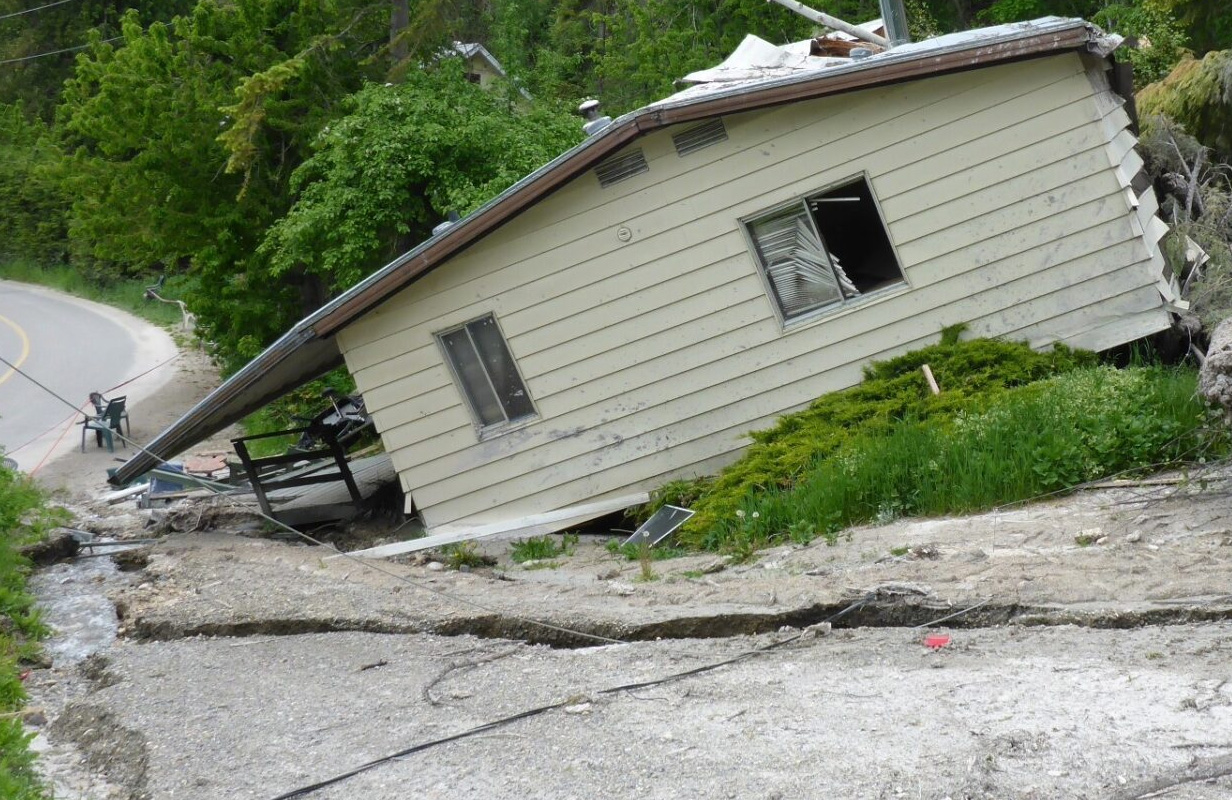Slope stability is a critical factor in the safety and success of construction projects, particularly in regions like British Columbia, where steep terrain and variable soil conditions are common. A geotechnical slope stability analysis is an essential process that evaluates the potential for slope failure and provides recommendations to ensure the stability and safety of the site.
This article will explore slope stability analysis, its crucial role, and how it can impact your construction project.
What is Geotechnical Slope Stability Analysis?
Geotechnical slope stability analysis is a specialized assessment that determines the likelihood of a slope—natural or man-made—experiencing failure. Slope failure can manifest in various forms, such as landslides, rockfalls, or soil slippage, and can have devastating consequences for infrastructure, property, and safety.
The analysis involves evaluating several Geohazard factors that influence slope stability, including:
- Soil and Rock Properties: Understanding the composition, strength, and cohesion of the soil and rock layers that make up the slope.
- Slope Geometry: Assessing the angle and height of the slope, as steeper and higher slopes are generally more susceptible to failure.
- Groundwater Conditions: Analyzing the presence and movement of groundwater within the slope, as water can reduce soil strength and increase the risk of slope failure.
- Loading Conditions: Evaluating any external loads on the slope, such as buildings, roads, or other infrastructure, which can affect its stability.
- Seismic Activity: Considering the impact of potential earthquakes on the slope, especially in seismically active regions like BC.
Why is Slope Stability Analysis Important?
Slope stability analysis is vital for several reasons, especially in construction and land development:
1. Safety
The primary reason for conducting a slope stability analysis is to ensure the safety of people, property, and infrastructure. Unstable slopes can lead to catastrophic failures, such as landslides, which can cause loss of life, damage to property, and significant financial losses.
2. Regulatory Compliance
In many regions, including British Columbia, local building codes and regulations require a slope stability analysis before construction can proceed on or near a slope. This ensures that the project complies with safety standards and reduces the risk of future liabilities.
3. Project Feasibility
Understanding the stability of a slope can influence the feasibility of a construction project. If a slope is found to be unstable, the project may require redesign, additional engineering solutions, or, in some cases, relocation to a more stable site.
4. Cost Efficiency
Identifying potential slope stability issues early in the planning process can save significant costs by avoiding expensive remediation measures later on. A thorough analysis allows for the design of appropriate mitigation strategies that address stability concerns before construction begins.
Methods of Slope Stability Analysis
There are several methods used in geotechnical slope stability analysis, depending on the complexity of the site and the nature of the slope:
- Limit Equilibrium Methods (LEM): These traditional methods calculate the factor of safety for a slope by analyzing the balance between driving and resisting forces. They are widely used due to their simplicity and effectiveness for many types of slopes.
- Finite Element Analysis (FEA): A more advanced method that models the slope using numerical simulations to predict how it will respond under various conditions, including changes in loading, groundwater, and seismic activity.
- Empirical Methods: These methods rely on historical data and case studies to assess slope stability, particularly useful for regions with similar geological conditions.
- Probabilistic Methods: These methods assess the likelihood of slope failure by considering the variability and uncertainty in soil properties, loading conditions, and other factors.
Implementing Slope Stability Solutions
Once the analysis is complete, the geotechnical engineer will provide recommendations for ensuring slope stability. These may include:
- Slope Reinforcement: Techniques such as retaining walls, soil nailing, or rock bolting to increase the slope’s resistance to failure.
- Drainage Improvements: Installing proper drainage systems to manage groundwater and surface water, reducing the risk of slope failure due to water infiltration.
- Slope Reshaping: Modifying the slope geometry by flattening steep sections or removing unstable material to improve stability.
- Seismic Design Considerations: Incorporating seismic-resistant design elements to mitigate the impact of earthquakes on slope stability.
Choose Westrek Geotechnical for Slope Stability Assessment
Geotechnical slope stability analysis is fundamental to safe and successful construction projects in areas with challenging terrain. By thoroughly assessing the factors that influence slope stability, developers and builders can make informed decisions that protect their investments and ensure their projects’ long-term safety and stability. If you’re planning a construction project on or near a slope in British Columbia, consider a slope stability analysis an essential step in your planning process.
Choose Westrek Geotechnical to conduct your slope stability assessment. Our experienced geotechnical engineers will provide the insights and solutions you need to build confidently and securely. Contact us today to discuss your project and ensure that your site is as stable as your vision for the future.
